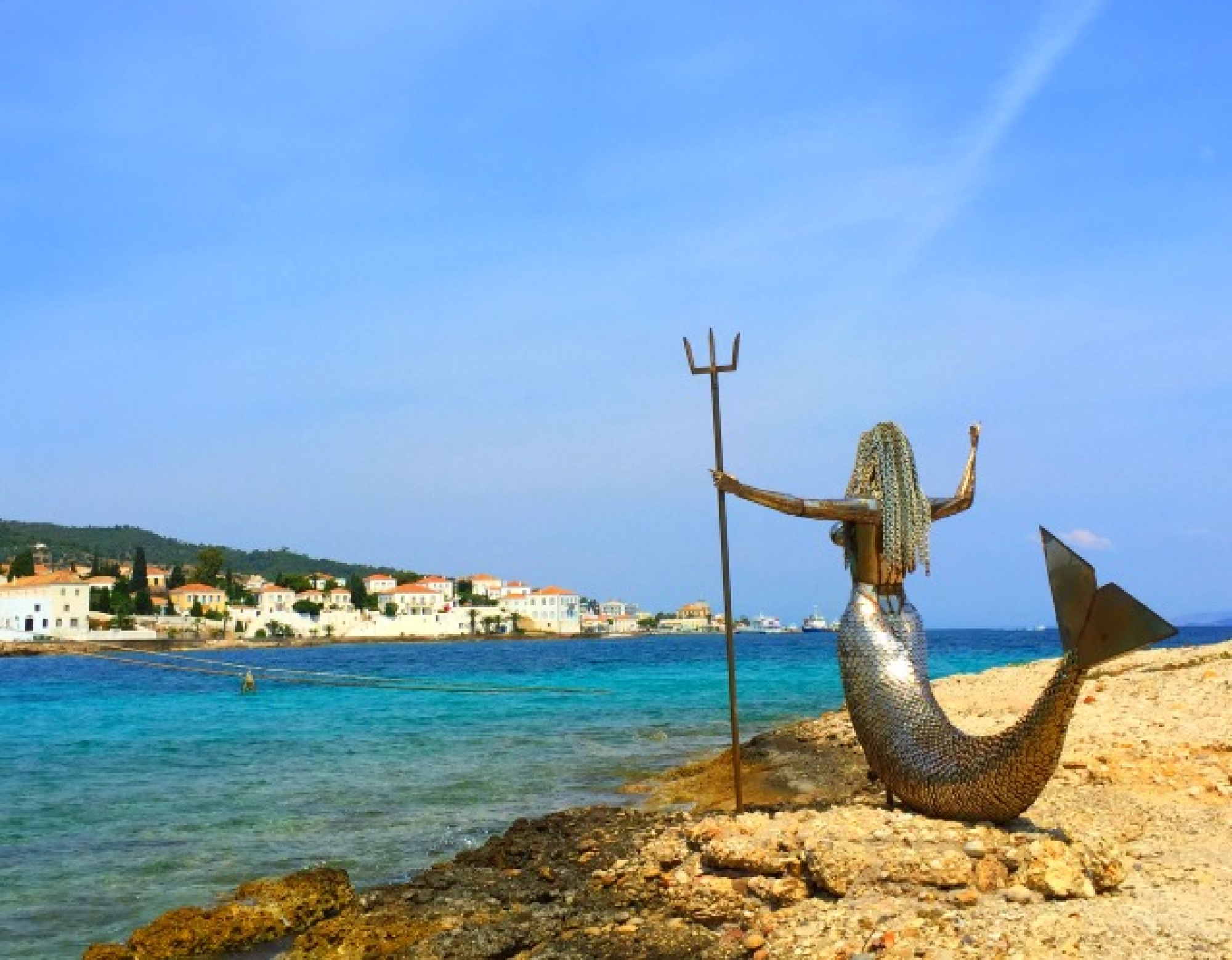Based on archaeological findings Spetses were first inhabited probably the third millennium BC.
Spetses in antiquity were called Pityonisos and Pityousa because of the many pine trees the island had. The Franks, from whom it takes its current name, called it "di Izola spezia" or "Izola du spezia , which meant island of aroma.
The island is conquered by the Henets right after the Franks, and then the Turks follow. The original medieval settlement of Spetses was in today's Kastelli area. The modern city was built in the late 18th century.
Spetses in 1770 join the struggle of the rest of Greece to gain their independence. In 1821 Spetses is one of the first islands, along with Hydra and Psara that raised the flag of the revolution and thanks to their large commercial fleet, played a key role in the fight. At the time some fighters from Spetses became distinguished. The most known are Laskarina Bouboulina, Chatzigiannis Mexis and Kosmas Barbatsis, who accomplished heroic deeds like the burning of the Turkish Armata. The commercial fleet of Spetses was until then a source of revenue for the island, but after the revolution it was driven in slow decline and its population was decreased.
Spetses begin to rise again in the early 20th century thanks to the national benefactor Sotirios Anargyros. Thanks to his vision to promote the island, his several projects, like the Poseidonio and Anargyrios Korgialenios School, give Spetses a new life.
This effort is accomplished with the rapid development of tourism that converts the island into the cosmopolitan tourist destination it is today.



